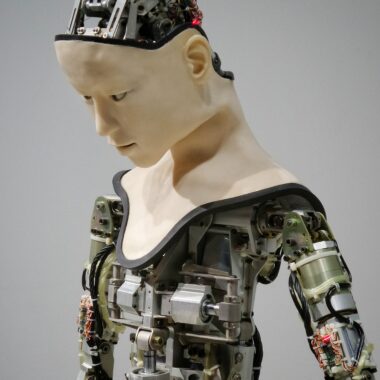Another aspect of the functional requisite is operability. The invention must appear to the Patent office to be operational before they will allow it. Thus, if your invention is a perpetual- motion machine or a PMM, or, more realistically, a very obscure invention that looks technically doubtful , that is, it looks like its just plain won’t work or breaches some well-established physical laws, your examiner will reject it as lacking utility because of non operability. In this case you would either have to generate a logical, technical argument refuting the examiner’s reasons, by a way of including affidavits or declarations of witnesses and experts and experiment results, or bring the invention in for a revelation to prove its operability.
Operational feature is something that is rarely questioned, since most patent applications cover inventions that utilize known principles or hardware and will obviously work as explained. If the examiner questions operability, however, you have the trouble of proof. And note that all patent examiners have technical high qualifications, so look forward to a very rigorous test if the operability of your invention is ever under question.
The patent office, however, has lately become more cautious about perpetual-energy or perpetual-motion machines, as you may have observed from an of late revealed case where it did not allow an inventor a patent on an energy machine. The inventor took the case to the courts, but lost after the National Bureau of Standards, acting as a court specialist, found the machine did not exceed an efficiency of more than 100%.
It’s a common misconstruction that the Patent office won’t accept patent applications on perpetual-motion machines: the office will accept the application for filing since filing and docketing are office functions. However, the examiner (a degreed professional) will almost certainly reject it later as non operational after a formal examination.




